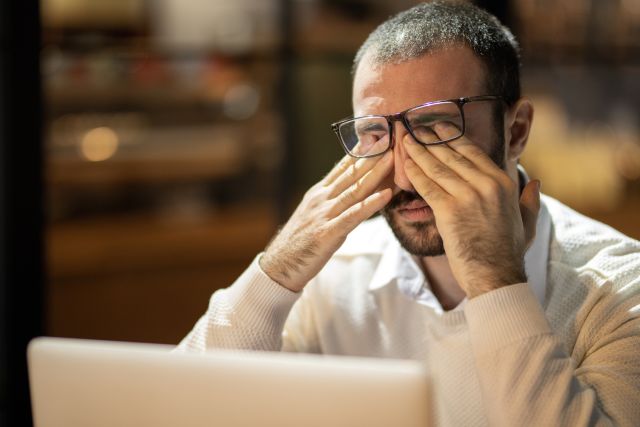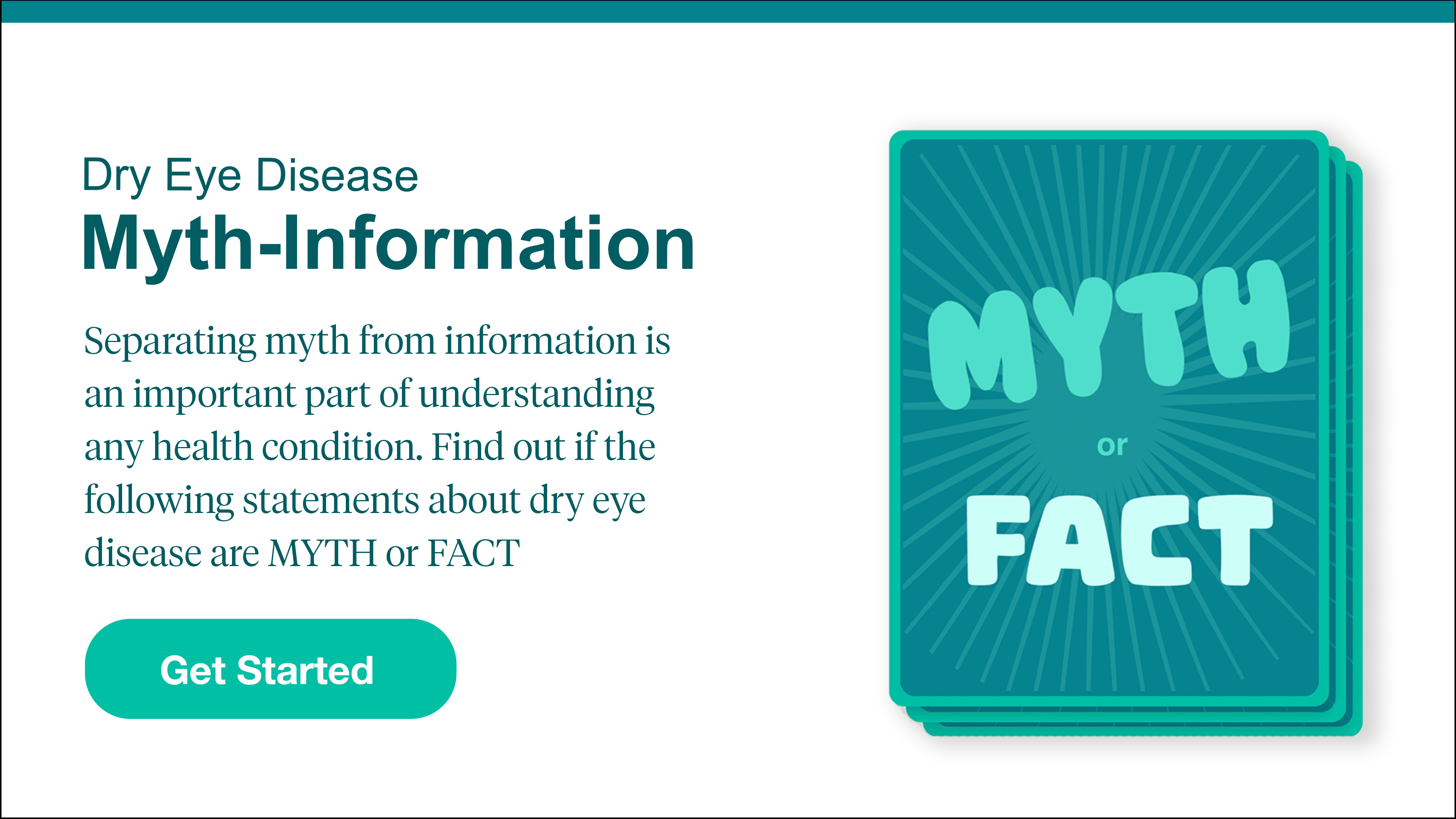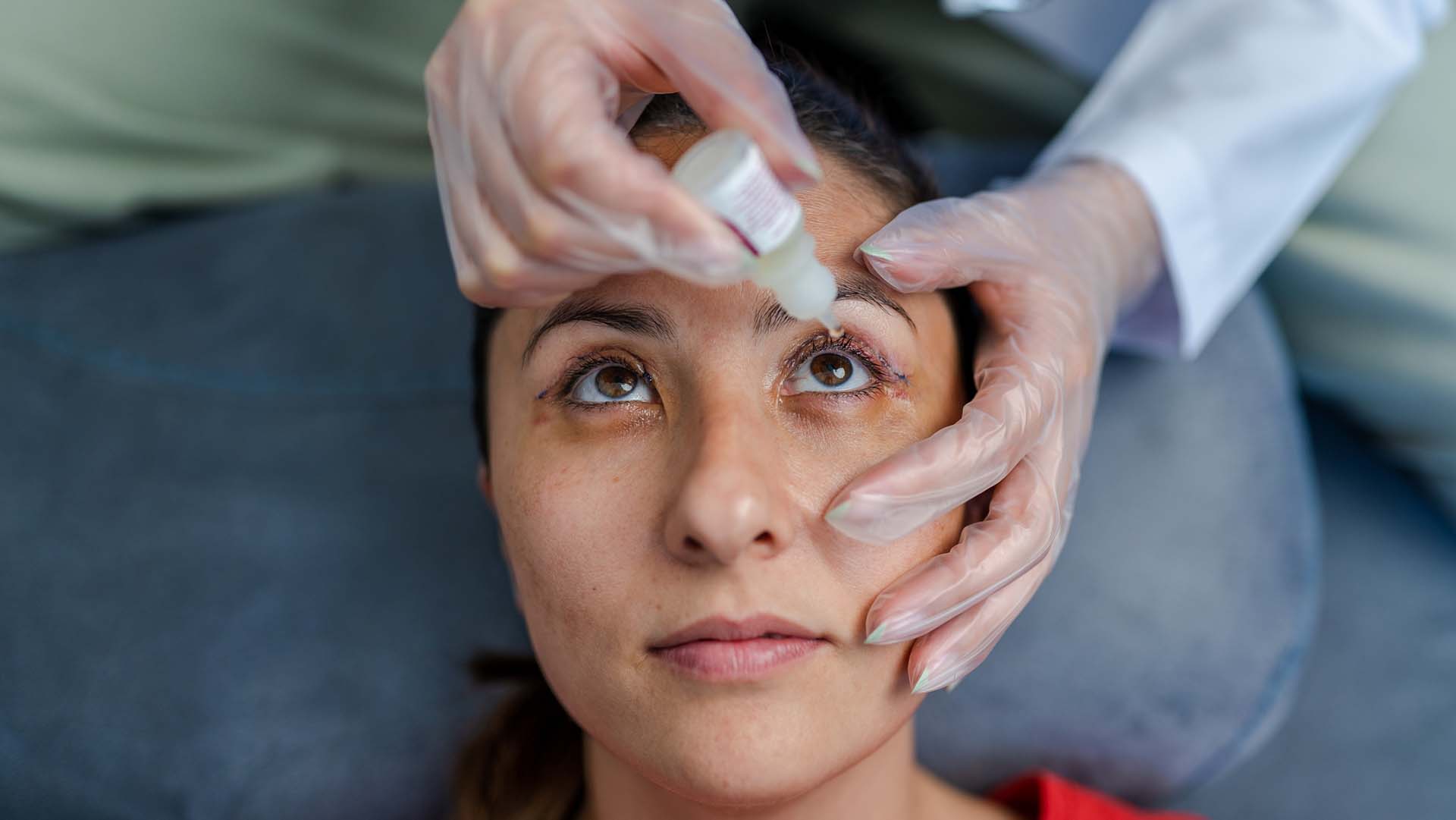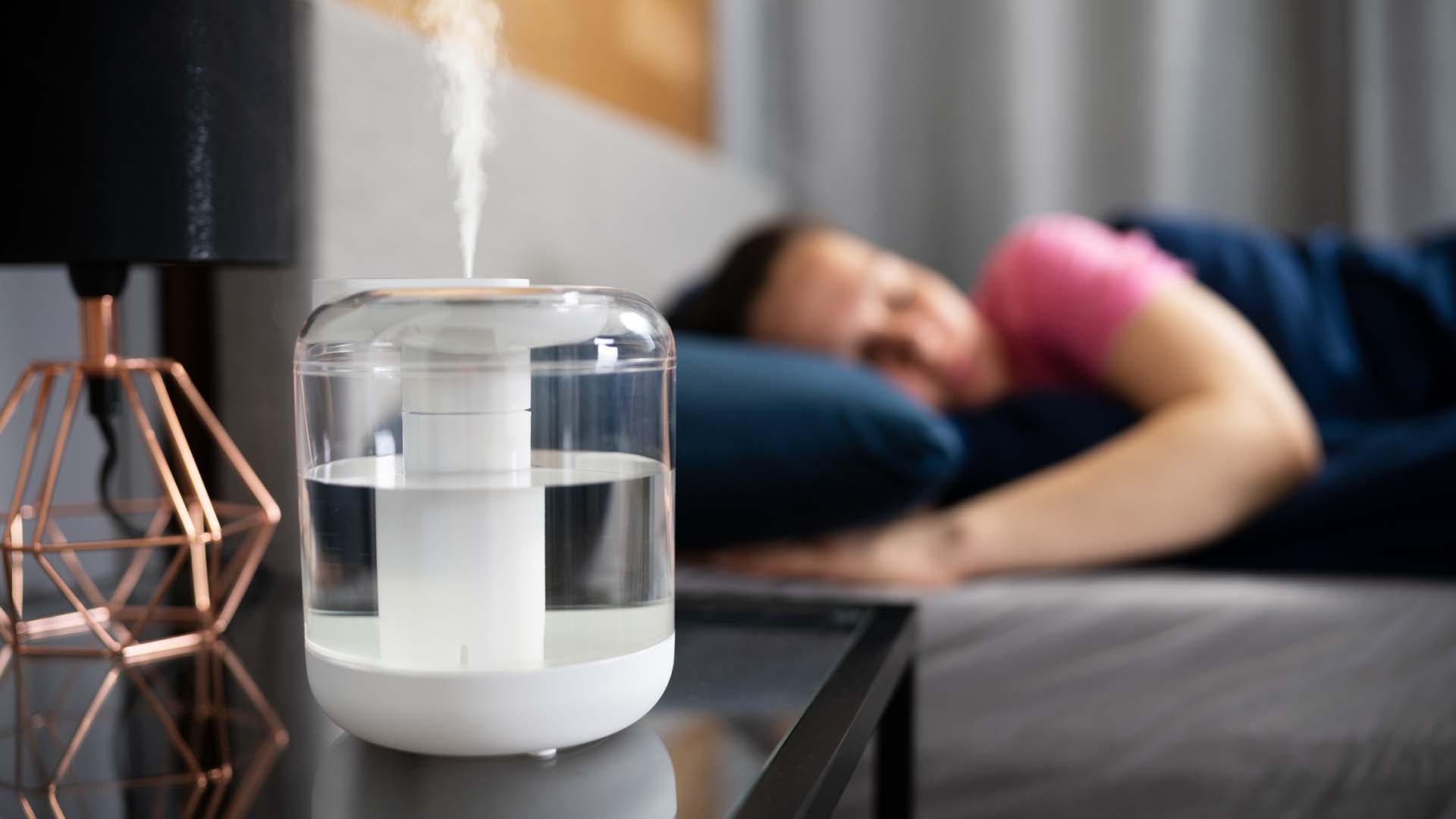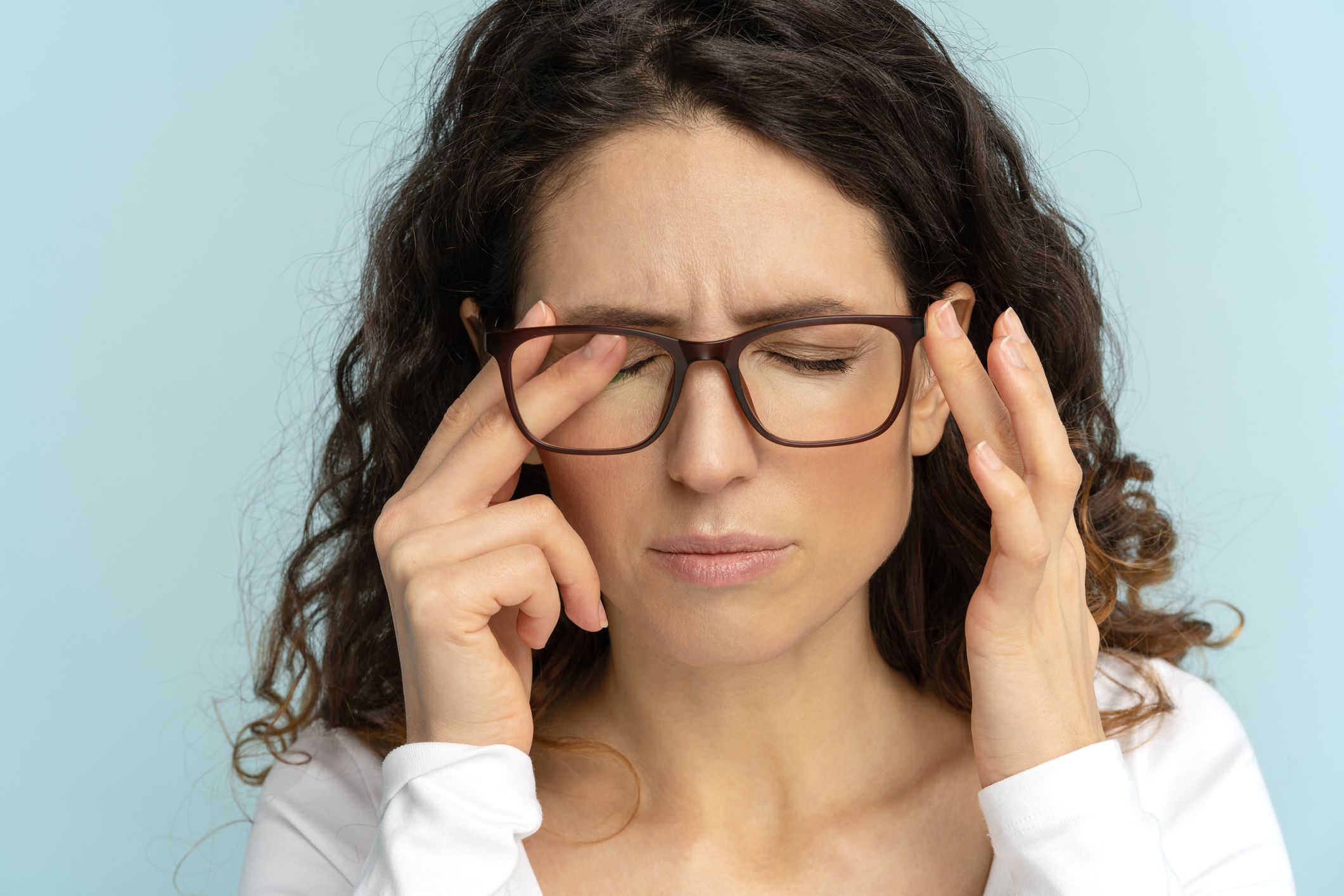Updated on February 1, 2024
In order to remain healthy and function normally, the eyes require moisture. This moisture is provided by tears, which create a thin film that protects the eye, lubricates the eye so that it’s able to move around easily, and wash out irritants that get into the eye.
Dry eye disease or dry eye syndrome (or simply, “dry eye”) is a condition where tears are not able to accomplish these important tasks. This can occur because the body does not produce enough tears. It can also occur because the body produces poor-quality tears that evaporate too quickly.
What causes dry eye disease?
The factors that can cause and contribute to dry eye disease are many. It can be the result of hormonal changes, co-existing health conditions, and vitamin deficiencies. It can also be a side effect of certain medications, eye surgeries, and contact lenses. Exposure to wind, dry environments, too much screen time, and smoke can all contribute to symptoms, or make symptoms worse. Dry eye is also more common as a person ages.
Addressing the underlying causes and contributing factors is an essential part of treatment, and different treatments will work better for different people. For example, if dry eye is being caused by an abnormality in the structure of the eyelid, surgery might be a recommended treatment.
Eye drops for treating dry eye disease
Treatment for dry eye disease often involves using eye drops. These include artificial tears that are applied as eye drops. These act as a replacement for inadequate amounts of tears or poor-quality tears, helping to keep the eyes moisturized. There are also several prescription medications that come in the form of eye drops, including:
- Medications that reduce inflammation in the tear glands and help promote the production of tears.
- Anti-bacterial eye drops, which can be used if dry eye is associated with a bacterial infection in the eye.
- Corticosteroid eye drops, which can be prescribed for short durations but not used as a continuous treatment (due to potential side effects).
- Autologous serum drops, which are artificial tears made from the blood serum of the person being treated. Blood will be collected, processed in a lab, and used to create custom-made eye drops.
Treatment adherence
Treatment adherence refers to a person’s ability to follow the dosing instructions for a medicine. This means taking every dose and taking every dose at the scheduled time. It is an essential part of managing dry eye disease. A therapy can only work as intended when it is taken as intended.
While eye drops help many people manage dry eye disease, research has found that treatment adherence for eye drops can be low. People who are using eye drops to treat dry eye disease (as well as other eye conditions) often skip doses.
Different people will have different reasons for skipping doses. For some, it may be a matter of timing and convenience—it can be difficult to apply eye drops multiple times a day. For others, it may be side effects such as burning and stinging in the eyes after using a medication.
If you are having difficulty adhering to treatment—for dry eye disease or any other condition—talk to your healthcare provider. Remember, your healthcare providers are there to help you come up with solutions.
Are eye drops the only treatment for dry eye disease?
In addition to artificial tears and medications administered as eye drops, there are other therapies that are used in the treatment of dry eye disease. Examples include:
- Ointments and gels. Some types of artificial tears and other eye moisturizers are available as gels or ointments which are applied to the eyes.
- Contact lenses. Specific types of contact lenses can help protect the eyes, keep the eyes moistened, and also correct vision.
- Nasal spray. There is a prescription medication that is taken as a nasal spray. The drug it contains acts on nerve-endings in the nasal passages, which helps stimulate the production of tears. For some people with dry eye disease, this may be more convenient than eye drops, and may improve adherence.
- Punctal plugs. The clinical term for tear ducts are puncta. Punctal plugs are devices that are used to block tear ducts. Blocking tear ducts helps prevent tears from draining from the eyes, which helps keeps the eyes moistened. Each plug is about the size of a grain of rice. Placing the plugs into the tear ducts involves a short in-office procedure. Some plugs are made from materials that will dissolve over time, others are permanent or semi-permanent.
- Light and thermal therapy. These are in-office procedures that can be used to treat dry eye caused by Meibomian gland disease (MGD), a condition that impairs oil-producing glands near the eyes. MGD results in tears that evaporate too quickly. These therapies use pulses of light or the application of heat to unblock the glands.
Work with a healthcare provider
If you are experiencing symptoms of dry eye disease, make an appointment with a healthcare provider. If you are living with dry eye disease and are not satisfied with your current treatment, talk to your healthcare provider about other treatment options. Left untreated, dry eye disease can cause complications, including scarring on the surface of the eye and vision problems.
